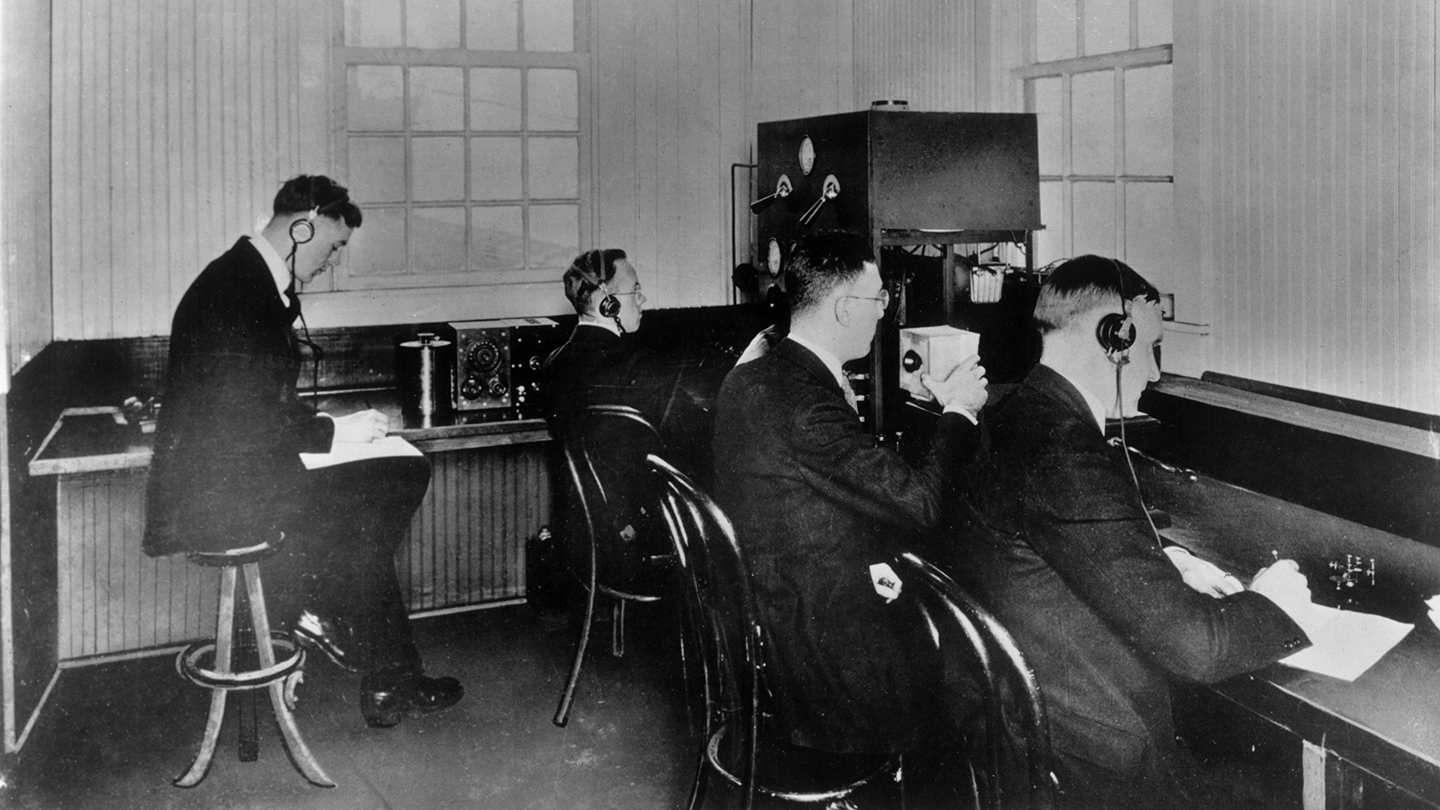An article by the Softeq team.
The pet tech industry’s growth has accelerated in recent years because of innovations and new technologies such as high-speed wireless connectivity, artificial intelligence (AI), cloud computing, and the Internet of Things (IoT). According to Global Market Insights, the global pet tech market size was $5 billion in 2022. Experts now predict expansion of as much as 15% Compound Annual Growth Rate (CAGR) from 2023 to 2032. Very plainly, the pet tech industry is thriving, letting pet owners access many new pet tech solutions to better monitor and care for animal companions.
As of 2022, 70% of U.S. households (90.5 million homes) own pets. Forecasts suggest total pet care spending will grow from $280 billion in 2022 to nearly $550 billion by 2032, an impressive annual growth rate. Pet owners invest significant resources in enhancing their pets’ physical and emotional health through spending on food, toys, grooming supplies, insurance, and other forms of care. Among the current pet-owning population, millennials make up the largest segment (32%), followed by baby boomers (27%) and trailed by Gen X (24%). Millennials also allocate more discretionary funds to pet food, treats, and general care than other age groups. However, spending on pets is now increasingly inelastic across all age groups.
Trends in the pet tech industry include wearables, smart gadgets, entry/security devices, pet surveillance, and remote pet interaction or enrichment tools. Health data collection has made wearables a main category within pet technology and the consumer IoT. The fastest-growing segment (by revenue) of the pet tech wearables market is in devices that support Global Positioning System (GPS) features. Many pet owners want to keep a close watch on their pet’s whereabouts or track and trace them if they wander off.
Pet Tech Examples
In a potentially more light-hearted example of the wearables trend, the GoPro Fetch harness lets pet owners attach a GoPro camera to their dogs. This setup allows pet owners to capture videos from their pets’ perspective, allowing them to glimpse their pets’ world and see things from their viewpoint.
Pet owners can also utilize smart home devices to monitor and enhance their pets’ well-being. The smart pet feeder is the most widely-known item in this segment. At the opposite end of the scale, smart litter boxes can remove waste automatically. Smart toys can also provide entertainment for pets even when alone. Pet owners can also use smart pet doors to identify pets through their implanted microchips, allowing them to come and go freely. Smart grooming brushes for cats are another example of how technology can improve a pet’s well-being.
The field of pet technology is continuously evolving, and pet surveillance cameras represent a new and developing category within it. Pet owners can use these cameras to monitor a pet’s behavior and activity when the owner is not home. This is an excellent way to ensure the pet is safe and secure while also providing peace of mind for the owner.
Pet insurance is another area where technology is making a significant impact. This was once a relatively unknown insurance product, but its growth more than doubled between 2018 and 2021. This growth is partly due to the use of technology to streamline the insurance process and make it more accessible to pet owners.
Developing a Smart Dog Collar
For a closer look at the depth and breadth of innovation in this space, consider one product that exemplifies several of these pet tech trends – the smart dog collar. Creating a smart dog collar solution is particularly challenging because of competing technological, aesthetic, and manufacturing constraints. However, Softeq achieved all this and more when it helped PAWS, LLC create its Halo Collar. A device like Halo must be robust, secure, and scalable while incorporating various technologies such as GPS, Wi-Fi, Bluetooth, mobile apps, and LTE. Moreover, it must be user-friendly, providing pet owners with a seamless, cost-effective experience.
Manufacturing Challenges
Creating an integrated pet tech IoT device like the Halo Collar requires an interdisciplinary team with expertise in areas such as IoT software development, firmware development, cloud computing, mobile app development, electrical engineering, mechanical engineering, and industrial design. This task’s interdisciplinary and full-stack nature made it extremely challenging and well-suited to Softeq’s particular experience and expertise. As a full-stack technology company, Softeq has been built from the ground up to specialize in new product development and R&D with challenges spanning numerous disciplines and industries. Even more, Softeq can deliver this innovation expertise on a global scale, leveraging existing partnerships with component makers.
Some significant challenges in developing a smart dog collar are ensuring that the device is secure, durable, comfortable, shockproof, waterproof, and harmless to the dog. A few benefits of owning a smart dog collar like Halo are tracking a pet’s position in real-time, creating virtual fences, and providing automatic behavioral corrections and instant commands even while away from home.
Moreover, successfully developing such a device requires specialized expertise in various areas, such as IoT software development, firmware development, cloud computing, and mobile app development. Creating the device’s physical components also requires specialized electrical engineering, mechanical engineering, and industrial design knowledge.
Features
The convenience and benefits of smart dog collars like Halo make them a popular pet tech solution for pet owners. Their real-time GPS, Wi-Fi, Bluetooth, and LTE tracking help owners locate their pets quickly if they wander off. Spatially-aware geofencing features also let pet owners create virtual fences to prevent pets from leaving a designated area.
Looking across the pet ownership and care lifecycle, Halo’s automatic behavioral corrections and instant commands provide an efficient training aid for pets. This feature allows pet owners to correct their dog’s behavior or teach new commands using a vibration or tone correction.
The Halo Collar’s offline mode allows the collar to continue functioning even when disconnected from a network, making it ideal for use in areas with limited or intermittent network coverage. By using Azure for the device’s back end, Softeq ensured that the device would be highly scalable and able to handle large amounts of data at very high performance. The over-the-air (OTA) firmware update feature ensures the device can access the latest features and security updates.
Conclusion
From the proverbial bird’s-eye view, growth in the pet tech industry is accelerating and exhibiting many exciting trends to watch closely. Wearables and smart gadgets are becoming increasingly popular, allowing pet owners to monitor their pets’ health and behavior. Because of widespread high-speed 4G, 5G, and wi-fi connectivity, pet owners can also use smart devices for the home to improve a pet’s well-being, while pet surveillance cameras and location monitoring wearables provide extra layers of security.
We can be sure of two things: this industry will continue to grow and evolve and will only become more complex. Because of the accelerating pace of digital transformation, we will surely see many more exciting developments in IoT software development, IoT Development, and IoT application development. If you want to enter this rapidly growing sector, consider Softeq as a partner to help bring your complex and demanding IoT and pet tech projects to life.



